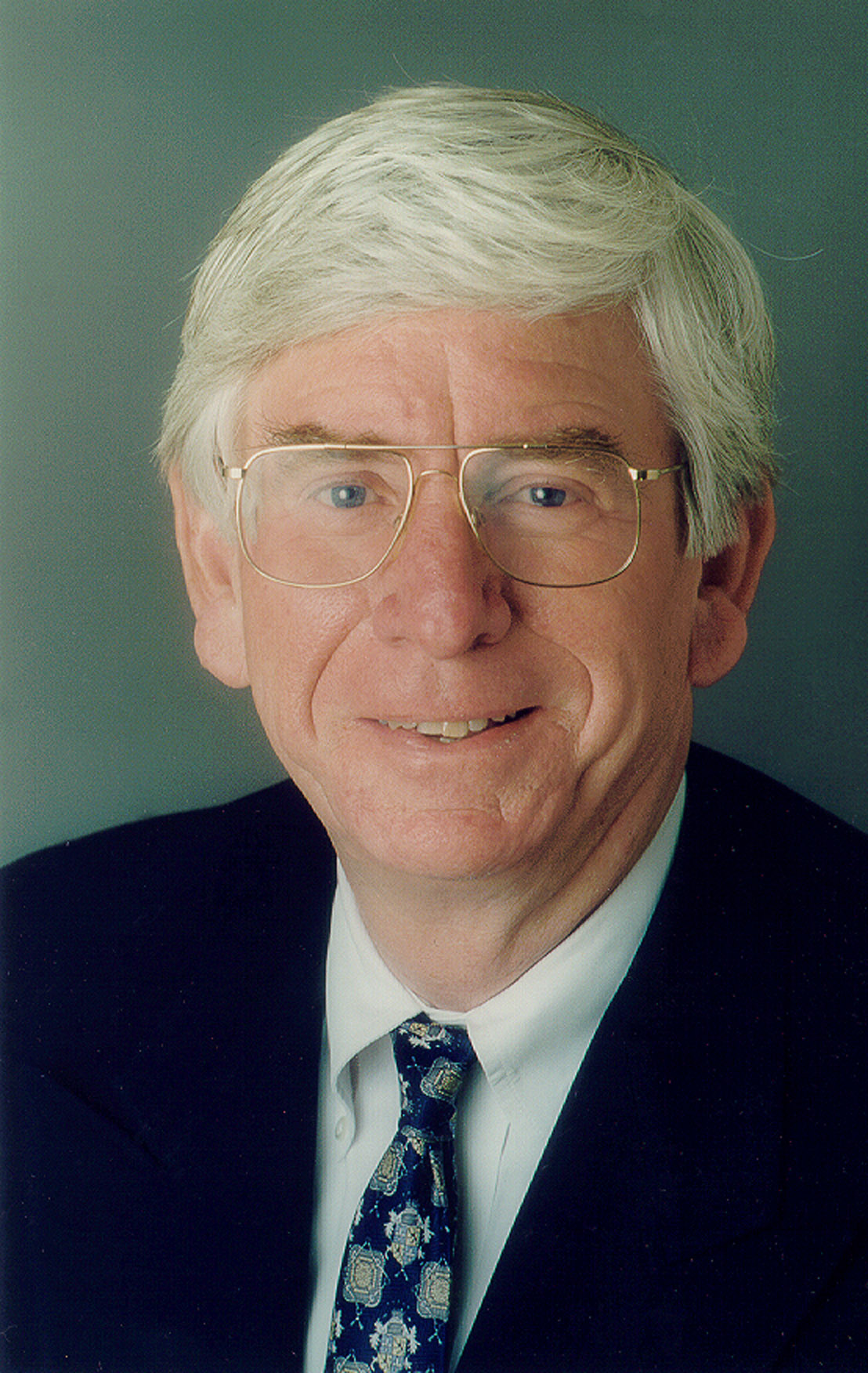Thornton Tomasetti, the international engineering firm, announces that Founding Principal Charles H. Thornton, Ph.D., P.E., Hon. AIA, Hon. ASCE, NAE is among five individuals being honored by the American Society of Civil Engineers’ Outstanding Projects and Leaders (OPAL) program for their lifetime achievements. The award will be presented at a black-tie gala at the Renaissance Arlington Capital View Hotel, Arlington, Va. on March 21.
The OPAL Lifetime Achievement Award is given to civil engineers who “represent a model of achievement to which future generations of engineers aspire to match or exceed.”
Thornton is being honored for his numerous contributions to the field of design. Regarded as one of the world’s preeminent structural engineers and educators, Thornton has been involved in the design, construction and analysis of projects around the world, many of which have set industry standards for innovation and creativity.
His signature projects include the Northwestern Atrium Center (now the Citigroup Center), United Airlines Terminal One at O’Hare Airport and United Center/Bulls and Blackhawks Arena, all in Chicago, Ill.; the Chifley Tower in Sydney, Australia; Tampa City Center in Tampa, Florida;; American Airlines superbay hangars in Los Angeles and San Francisco, Calif.; and the Petronas Twin Towers in Kuala Lumpur, Malaysia.
Thornton, currently chairman of Charles H. Thornton & Company LLC, Straam Inc. and AECOS, Ltd., is a founding principal and former co-chairman of Thornton Tomasetti. He currently serves as a consultant to Thornton Tomasetti.
Thornton is the founder of the ACE Mentor Program, which he established in 1993. ACE has offered guidance to more than 40,000 inner-city high school students in 106 cities around the country and has acquainted these students with the challenges and rewards offered by careers in architecture, engineering and construction. Thus far it has awarded more than $6 million in scholarships. In 2011, the program received a Presidential Award for Excellence in Science, Mathematics and Engineering Mentoring.
Thornton’s numerous career accolades include the Civil Engineer of the Year Award from ASCE’s Metropolitan Section in 1990, the Fazlur R. Khan Lifetime Achievement Medal from the Council on Tall Buildings and Urban Habitat in 2012, Hoover Medal in 2002, the Leonardo da Vinci Award for Leadership and Management Excellence from the Professional Services Management Association in 2003, the Benjamin Franklin Medal in Civil Engineering from the Franklin Institute in 2003 and the Golden Eagle Award from the Society of American Military Engineers in 2003.
Thornton earned a bachelor’s degree in civil engineering from Manhattan College in 1961, a master’s degree, also in civil engineering, from New York University in 1963 and a doctorate in structural engineering and engineering mechanics from New York University in 1966. +
Related Stories
| Dec 28, 2014
The future of airport terminal design: destination status, five-star amenities, stress-free travel
Taking a cue from the hospitality industry, airport executives are seeking to make their facilities feel more like destinations, writes HOK's Richard Gammon.
| Dec 28, 2014
10 key design interventions for a healthier, happier, and more productive workplace
Numerous studies and mountains of evidence confirm what common sense has long suggested: healthy, happier workers are more productive, more likely to collaborate with colleagues, and more likely to innovate in ways that benefit the bottom line, writes Gensler's Kirsten Ritchie.
| Dec 28, 2014
7 fresh retail design strategies
Generic ‘boxes’ and indifferent service won’t cut it with today’s savvy shoppers. Retailers are seeking a technology-rich-but-handmade vibe, plus greater speed to market and adaptability.
| Dec 28, 2014
Workplace design trends: Make way for the Millennials
Driven by changing work styles, mobile technology, and the growing presence of Millennials, today’s workplaces are changing, mostly for the better. We examine the top office design trends.
| Dec 28, 2014
AIA: Commercial glass façade and door systems
When it comes to selecting fenestration systems—particularly glass facades and door systems—a number of factors come into play, requiring a thorough evaluation of a project’s individual requirements.
| Dec 28, 2014
10 essential habits of successful architects
Want to take the next step as a design processional? John Gresko, Senior Project Architect with HDR, explores the traits that many great architects possess.
| Dec 28, 2014
10 unglamorous things architects do
An acquaintance recently asked me about the kinds of things I did on a day-to-day basis at work, anticipating a response loaded with enviable activities. She was wrong, writes HDR's John Gresko.
| Dec 28, 2014
New trends in ceiling designs and materials [AIA course]
A broad array of new and improved ceiling products offers designers everything from superior acoustics and closed-loop, recycled content to eased integration with lighting systems, HVAC diffusers, fire sprinkler heads, and other overhead problems. This course describes how Building Teams are exploring ways to go beyond the treatment of ceilings as white, monolithic planes.
| Dec 27, 2014
7 ways to enhance workplace mobility
The open work environment has allowed owners to house more employees in smaller spaces, minimizing the required real estate and capital costs. But, what about all of their wireless devices?
| Dec 27, 2014
'Core-first' construction technique cuts costs, saves time on NYC high-rise project
When Plaza Construction first introduced the concept of "core first" in managing the construction of a major office building, the procedure of pouring concrete prior to erecting a steel frame had never been done in New York City.

















